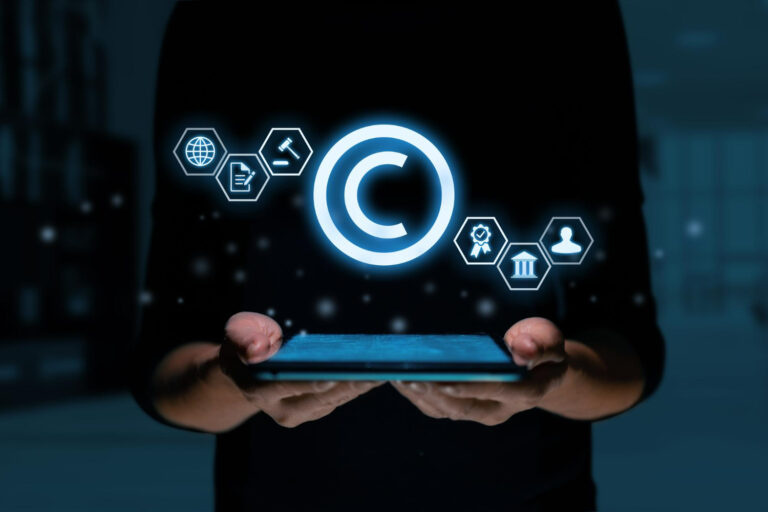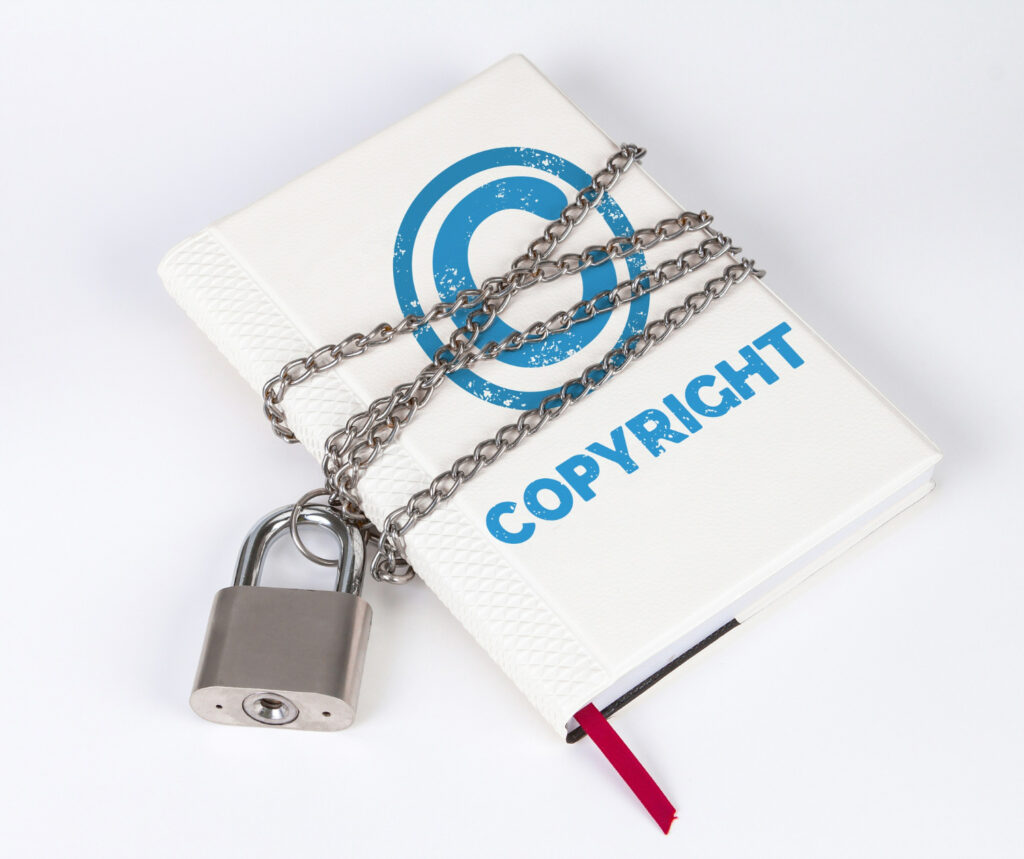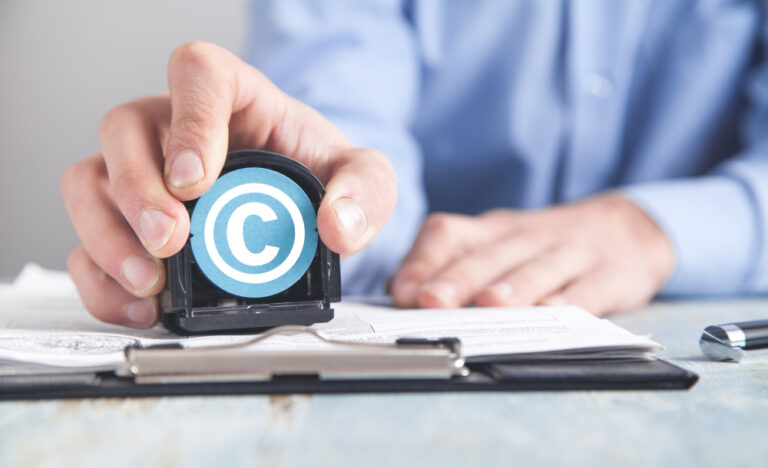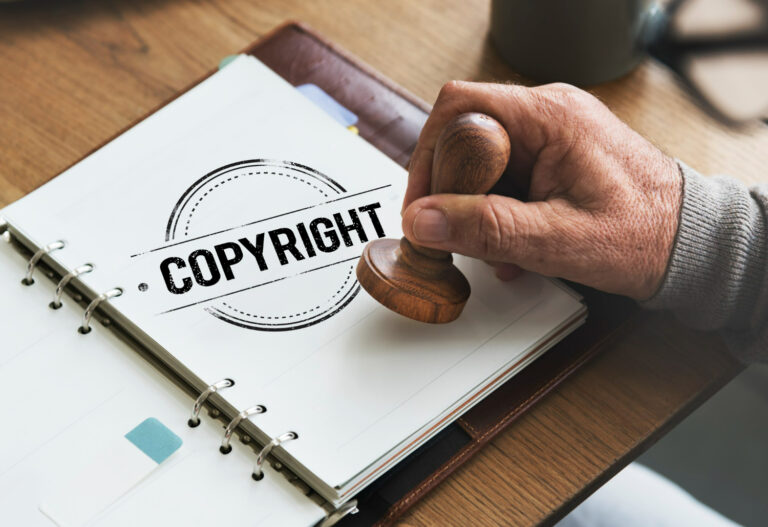The term copyright is used to get the rights related to the works based on books, articles, designs, manuals and so on.
Copyright confirms the author or the creator that no one can copy or rewrite the work on his/her without getting any formal permission.
Copyright grants permission for the creator or author to change it, whereas copyright is transferable.


Creativity is one of the most unique talents each individual has, which is essential for the benefit of society in the aspect of economy, culture or history. To avoid our work being copied or modified it has to be protected. The best way to achieve this protection is by getting legal copyright. Once the copyright is acquired for your work without your legal permission non will be able to change or modify the work or creation.
Copyright benefits the creator to have legal protection as well as enjoy the monopoly for the creation or work, which helps the creator to get a reputation and royalties in society for the work or creation. Copyright not only benefits the person himself but also his family for 60 years. It becomes a legal offence if someone uses his/her work without the proper notification, moreover copyright offences are non-bailable.


The most important benefit of copyright law is that it encourages creativity and innovation. The best example is a software company sending million on software development. It will do so with the expectation of making money, and copyright law ensure that it can reap the benefits. Likewise, a music company can create new tunes with no tension of content or concept being copied
To ensure the reputation of the creators or author copyright registration protects their original work. The main goal of copyright is to ensure that reputation of the creator is not lost.
These are the advantages of copyright registration for the authors of the original works. The major benefit of the copyright is losses caused by the original work copy made. The term ‘piracy’ is referred to the copyright violation in India. We are all familiar with the word ‘Pirated’ for books, DVDs, and music videos available on the streets of most major cities causing an enormous loss for the publishers and authors.
Copyright gives numerous benefits under the registration acts. Copyright registration act gives protection shelter to the published work with this it will be very hard to prove the ownership in court. The main purpose is for the creator to prove authenticity. For example without copyright, a filmmaker will not be able to prove that the recent work is from the old one.
When you have the copyright you will come to know about the unauthorized use of your creation or work. When you discover this kind of unauthorized copy of your work you can send a `cease’ notice to the person regarding this. Then proceed with the legal processing for the productivity of your work.
The most important advantage of copyright it gives the prestige that there are certainly creative and innovative works belonging to him or her.
Permission is needed from the copyright owner to work on their creation or the original content. This derivation work may be translation, adaptation, and so on. Get expert advice before working with the copyright-protected material
© symbol indicates that the copyright has been applied for the job, this was used in past times. Currently, this is not necessary as most of the counties have no longer using this symbol. But most creators use this in their work to show that these works are copyright protected.
The general clause about copyright details is referred to as fair use or fair dealing.
Trade & Trade is one of the leading firms with an expert team and is professionally qualified in IP internationally.
Book Schedule
WhatsApp us